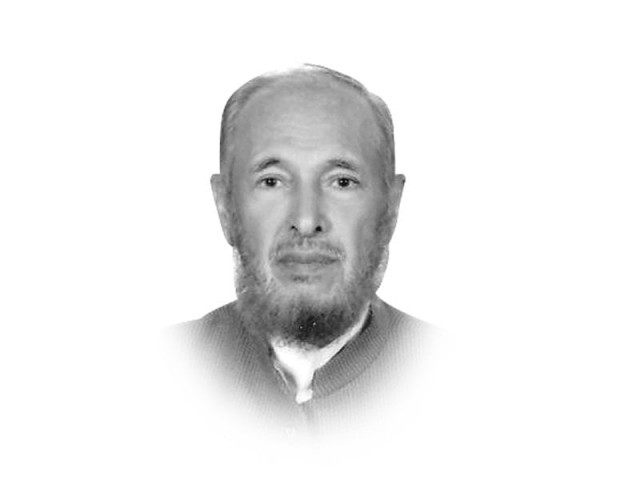Babara massacre of 1948
More than 600 people lay dead and about 1,500 were critically wounded
The writer is a former interior secretary and former ambassador of Pakistan
It’s a pity the country has forgotten about the Babara massacre of August 12, 1948. The slaughter of more than 600 peaceful protesters in Babara, a village near Charsadda, remains one of the biggest civilian killing events in a single day, at the hands of Police and the Frontier Constabulary, in the history of the country.
The provocation came from the continued arrest of Abdul Ghaffar ‘Bacha’ Khan, the leader of the Khudai Khidmatgar movement also called Redshirt Movement.
In July 1948, the Governor of then Frontier province, Sir Ambrose Dundas, promulgated an ordinance that authorised the government to detain any person without assigning any reason for detention. Not only that, the ordinance also permitted the government to confiscate the properties of such detenus.
When the governor was criticised for such draconian laws, he defended himself by asserting that he was acting under orders from the governor-general. In the wake of this new sweeping law, the provincial government made massive arrests of political opponents all over the province. As a matter of fact, detentions of Redshirt leaders had started soon after Partition when the Government of Dr Khan Sahib was dismissed on August 22, 1947. Dr Khan’s party i.e. the Khudai Khidmatgar had clinched a decisive victory in the provincial election in 1946. His government had a majority of 33 members in the Assembly out of total membership of 50.
Dr Khan was arrested soon after his removal along with Bacha Khan — the leader of the movement.
On August 12, 1948, unarmed protesters began to move from Charsadda to Babara to protest against the widespread arrests of the Redshirt leaders and activists. The party had issued strict instructions to its workers not to bring even a stick, what to talk of arms, to the venue of the protest rally. The Khudai Khidmatgar was peaceful and non-violent party who followed the non-violent philosophy of Bacha Khan and Mahatma Gandhi.
But Qayyum Khan, the Muslim League chief minister, had imposed section 144 in the area. As soon as the people assembled and speeches were about to be delivered, the police ordered the gathering to disperse and immediately opened indiscriminate fire on the assembled congregation.
People, struck with bullets, began to fall to the ground. Women of the villages came out with copies of the Quran on their heads, crying and demanding an end to the firing.
More than 600 people lay dead and about 1,500 were critically wounded. Many drowned in the Kabul River. Others wounded also drowned, while trying to flee in the river because all other exit routes had been sealed by the police.
The firing stopped only when the police ran out of ammunition. There were hardly any families in the area that had not suffered in terms of their loved ones being killed or wounded.
Two days later, the nation was celebrating the first anniversary of Independence. But in many households in the Frontier, the mourning for the dead continued.
Three weeks later, Chief Minister Qayyum Khan, while delivering a speech in the Provincial Assembly, boasted that had the police not exhausted their stock of ammunition, no one would have been spared, including the four members of the Redshirts (who had not been detained).
The massacre was never probed impartially. And indeed some police officers taking part in the operation were later rewarded with medals, etc.
That was not a very auspicious start to the launching of a new state created in the name of Islam.
Published in The Express Tribune, August 14th, 2019.
Like Opinion & Editorial on Facebook, follow @ETOpEd on Twitter to receive all updates on all our daily pieces.

COMMENTS (2)
Comments are moderated and generally will be posted if they are on-topic and not abusive.
For more information, please see our Comments FAQ